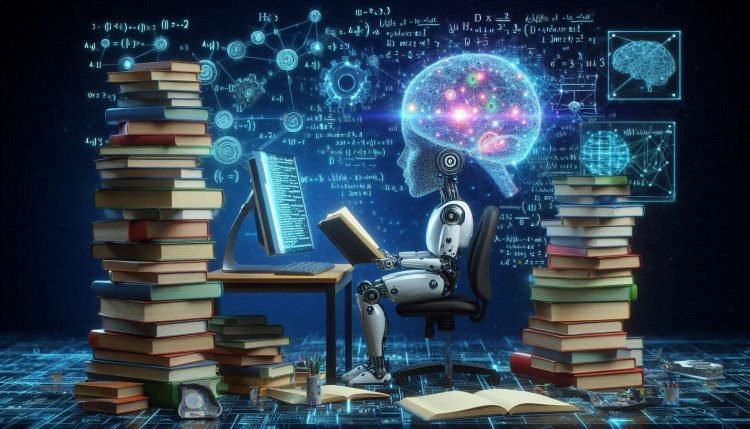AI attention: Attention mechanisms and focus modeling
Discover the power of AI attention mechanisms and focus modeling in this comprehensive guide. Learn how to enhance machine learning models efficiently.

Attention Mechanisms and Focus Modeling
Attention mechanisms have become a crucial component in the field of artificial intelligence, particularly in the realm of deep learning. These mechanisms allow models to focus on specific parts of input data while performing tasks, enabling more effective and efficient processing of information.
Key Concepts
Attention mechanisms are inspired by human cognitive processes, where we selectively focus on certain aspects of our surroundings while performing tasks. In the context of machine learning, attention mechanisms work by assigning weights to different parts of the input data, allowing the model to focus more on relevant information.
Types of Attention Mechanisms
There are several types of attention mechanisms, including:
- Soft Attention: This type of attention computes a weighted sum of all input elements, with each element's weight determined by its relevance to the task at hand.
- Hard Attention: Hard attention involves making binary decisions on which parts of the input to focus on, leading to a more selective form of attention.
- Self-Attention: Self-attention mechanisms allow a model to weigh different parts of its own input when producing an output, often used in natural language processing tasks.
Applications
Attention mechanisms have been successfully applied in various domains, including:
- Machine Translation: Attention mechanisms have significantly improved the performance of machine translation models by allowing them to focus on specific words or phrases during the translation process.
- Sentiment Analysis: By using attention mechanisms, sentiment analysis models can better capture the most relevant words or phrases in a given text, leading to more accurate sentiment classification.
- Image Captioning: Attention mechanisms in image captioning models help generate more descriptive captions by focusing on different regions of an image while generating text.
Focus Modeling
Focus modeling is a related concept that aims to understand how attention is allocated within a model during the learning process. By analyzing the focus of a model, researchers can gain insights into its decision-making process and improve its overall performance.
Benefits of Focus Modeling
Focus modeling offers several benefits, including:
- Interpretability: By visualizing the attention weights of a model, researchers and practitioners can better understand how the model makes decisions and identify areas for improvement.
- Robustness: Models with well-defined focus are often more robust to noisy or irrelevant input, as they can effectively filter out distractions and focus on important information.
- Performance Improvement: By fine-tuning attention mechanisms based on focus modeling insights, models can achieve higher accuracy and efficiency in various tasks.
Methods of Focus Modeling
There are several methods used for focus modeling, including:
- Visualization Techniques: Visualizing attention weights through heatmaps or other graphical representations can provide insights into where a model is focusing its attention.
- Attentional Biases: Introducing biases in attention mechanisms can guide the model towards focusing on specific features or patterns in the input data.
- Adaptive Attention: Adaptive attention mechanisms dynamically adjust the focus of a model based on the context of the task, allowing for more flexible and adaptive behavior.
Conclusion
Attention mechanisms and focus modeling play a crucial role in enhancing the performance and interpretability of machine learning models. By enabling models to focus on relevant information and analyzing their attentional patterns, researchers can develop more efficient and effective AI systems across various domains.
What's Your Reaction?

















